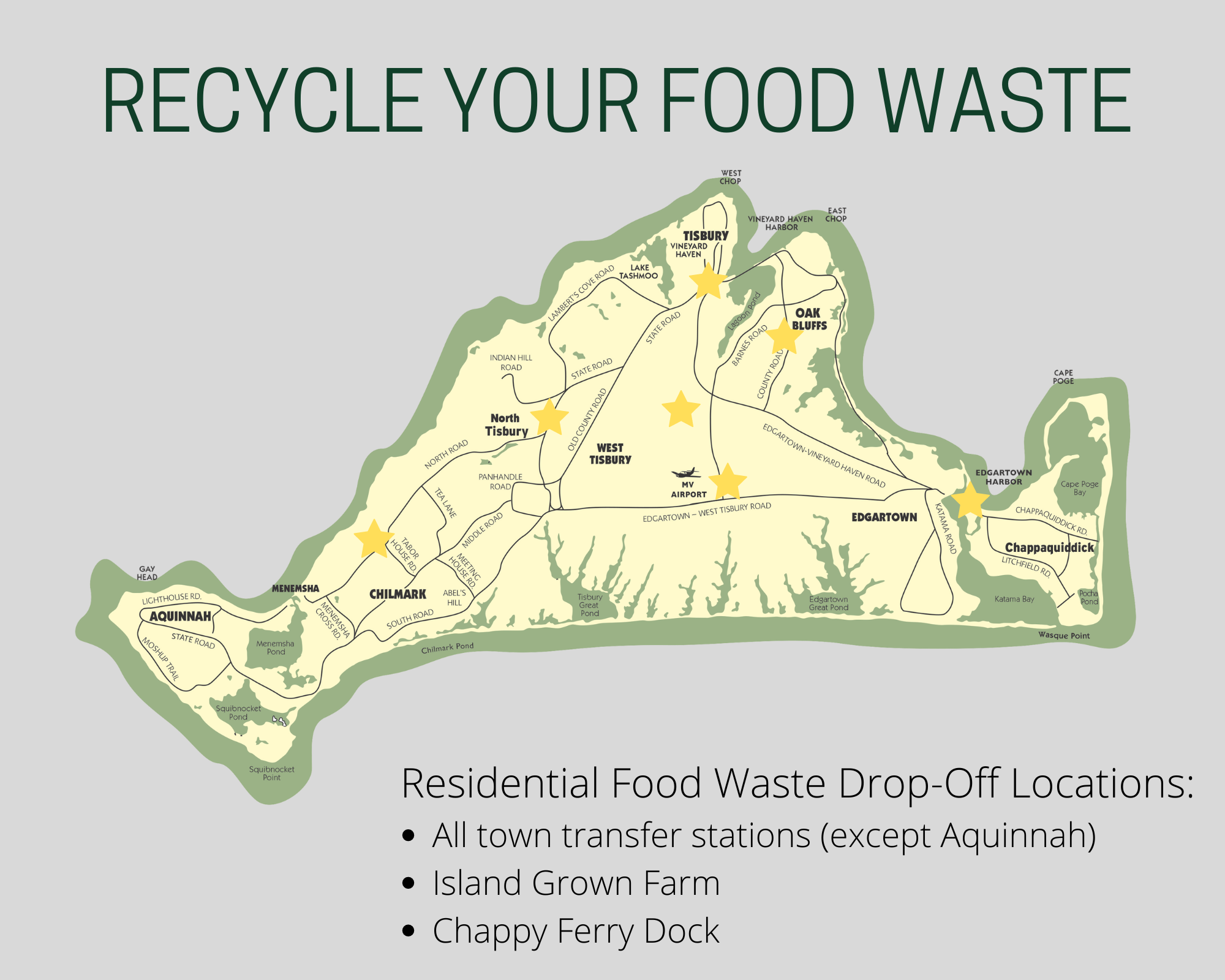OBJECTIVE
To discover how New England colonists survived with limited means through bartering, hard agricultural work, and reliance on crops like hulless peelcorn oats.
ESSENTIAL QUESTIONS
What role did oats play in colonial history?
How does food build community?
MATERIALS NEEDED
Pre-made Porridge (oats, molasses, water/milk, cinnamon stick), crock-pot, bowls and spoons, oat seeds, seed tray and soil outside in garden
PROCEDURE
Introduction:
- Where did oats first come from/originate? Where they first found and grown? Many different varieties of oats were discovered and grown from China to Egypt. Some of the oldest oats were found in Egyptian tombs in 2,000 BCE. We are going to grow oats called “Naked oats.”
- What do you think a naked oat is? Oats without hulls (which take a lot less work to harvest)! This variety of oats, called hulless peelcorn oats, is known to have originated in China. Oats of many varieties were brought from throughout Asia and grown throughout Europe. The naked oat was brought over to New England by Scottish immigrants in the early 1600s.
- Why would the naked oat be a smart crop to bring to a new country? These oats were a lot easier to harvest and process. There’s another thing. Who knows what soil is known for in New England? These oats grow well in the rocky soils of New England.
Activity 1:
- Ask for three farmer volunteers. Farmer 1, you are a New England farmer who loves bread and brings wheat seeds over to the new world with you to grow wheat so that you can make bread out of it. Farmer 2, you are a Virginian farmer and businessman who decides to grow wheat because you think it will grow well in your climate. Farmer 3, you are a New England farmer who loves oats and brings the hulless peelcorn oat over from Ireland. Split students at desks into the three farmers’ families, who will act out doing the work with their farmer while sitting at their desks.
- You all decide to grow varieties of grains that are planted in the fall and harvested in the spring.
- Explain reasoning and act out hoeing, then plowing, then seeding in the fall with students
- All your wheat and oat grasses grow up in the fall then die back as the temperature dips below freezing. It is a long cold snowy winter in New England. You huddle inside and mostly eat corn meal that you’ve stored, but corn is not your favorite food. You can’t wait for your oats and wheat to be ready in the spring. It is a shorter, milder winter in Virginia.
- In March the cold dies back in Virginia, and farmer 2, your wheat begins to grow again. Farmer 1 and 3, you have to wait until late April for it to warm up enough for your crops to begin to grow. But finally they do. Alas, Farmer 1, your stems start to get brown blots on them. And when your seed heads grow, they have a pinkish residue and your grains are shriveled. Farmer 2, your wheat grows tall and beautiful. Farmer 3, your oats grow tall and beautiful. But Farmer 3, you grew a lot of oats, and you’re not sure how you’re going to harvest them all on your own. You realize that Farmer 1 had a bad crop and won’t have anything to eat. What might you do to benefit both Farmer 1 and yourself? (Take students through making a deal in which Farmer 1 helps to harvest Farmer 3’s oats in return for a portion of the harvest. Use this moment, to discuss colonial families’ reliance on bartering: what else might one colonist have traded with another?)
- Explain reasoning and act out reaping grain stalks with sickles, letting them dry in the fields, then bringing the stalks inside in bales
- Explain reasoning and act out threshing with Farmer 2
- All three farmers winnow.
- Farmer 2, you grow much more wheat than you need. What might you do with it? (trade for other necessities, bake bread and sell it)
Activity 2:
Sow oat seeds outside. Students one by one sow two seeds in the tray. After they have sown their seeds, they may quietly explore the garden.
Activity 3: (back in the classroom)
Read diaries of colonial farm children out loud while students eat oat porridge.
FOLLOW UP & EXTENSIONS
- Homework/following week writing activity: a day in the life of a colonial child living on a farm. Students make up their character (name, age, likes and dislikes) and describe a day in the life
- Transplant oats in the garden








